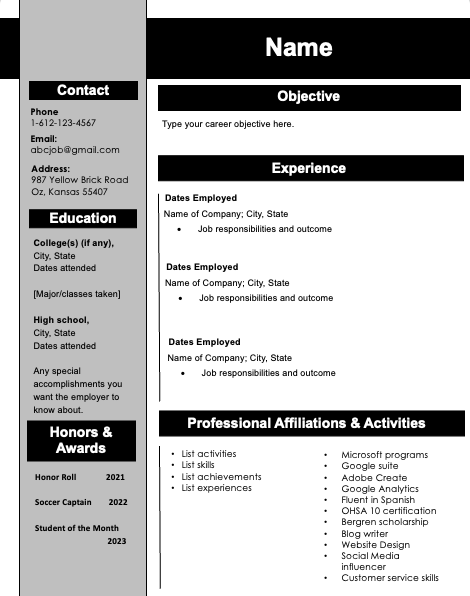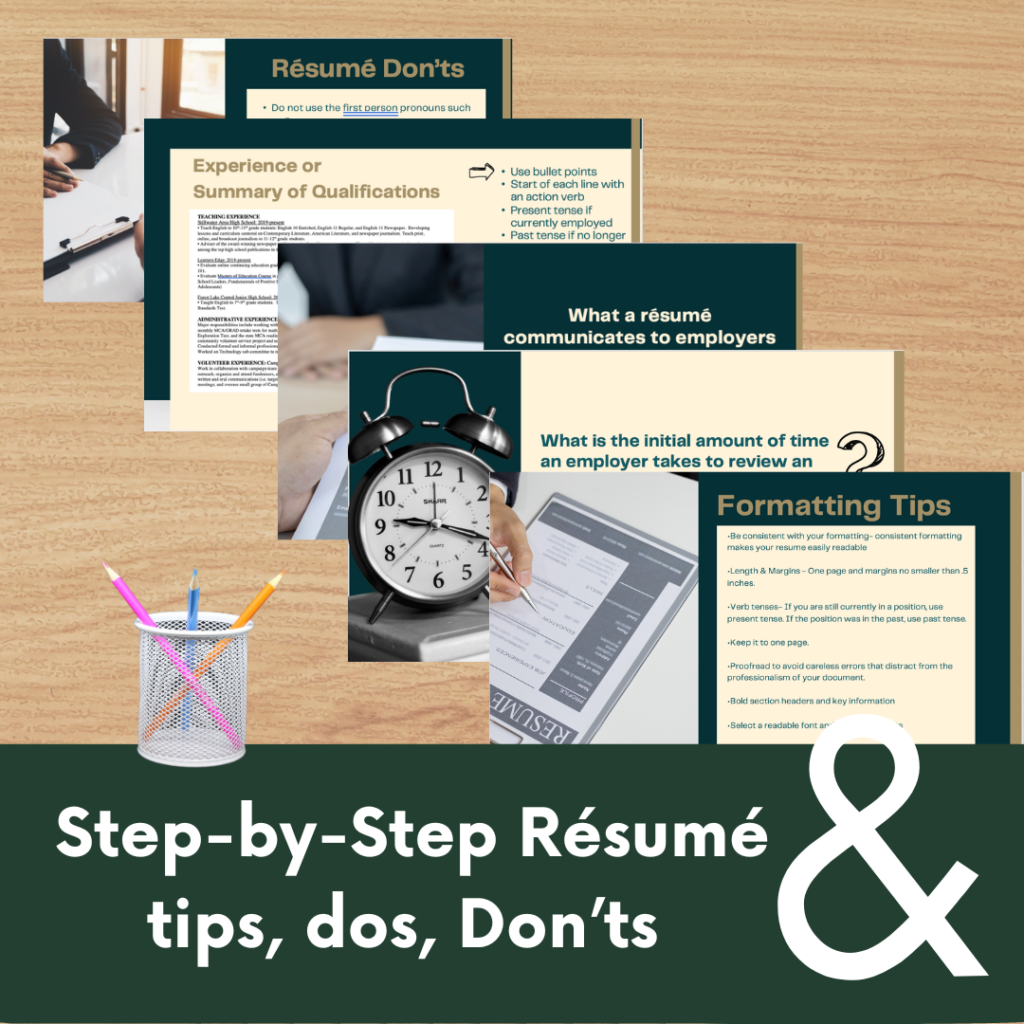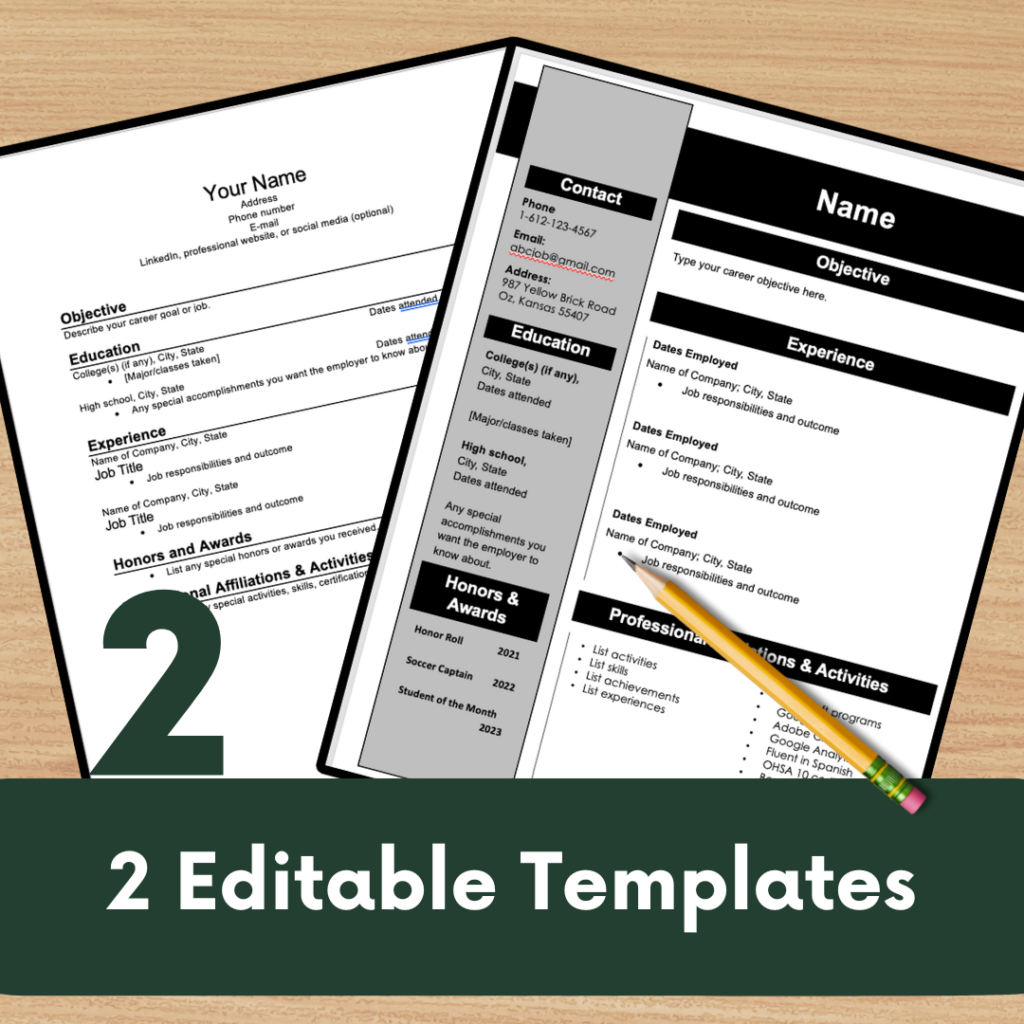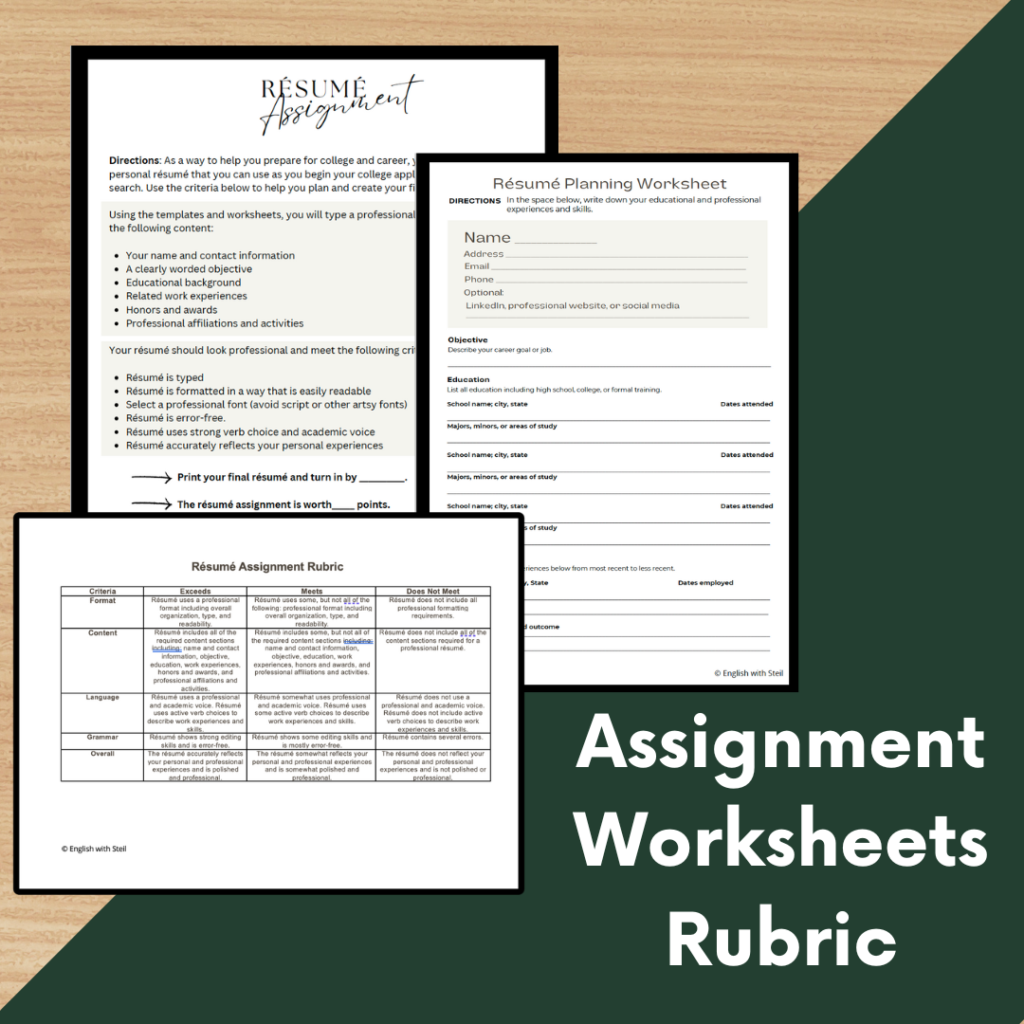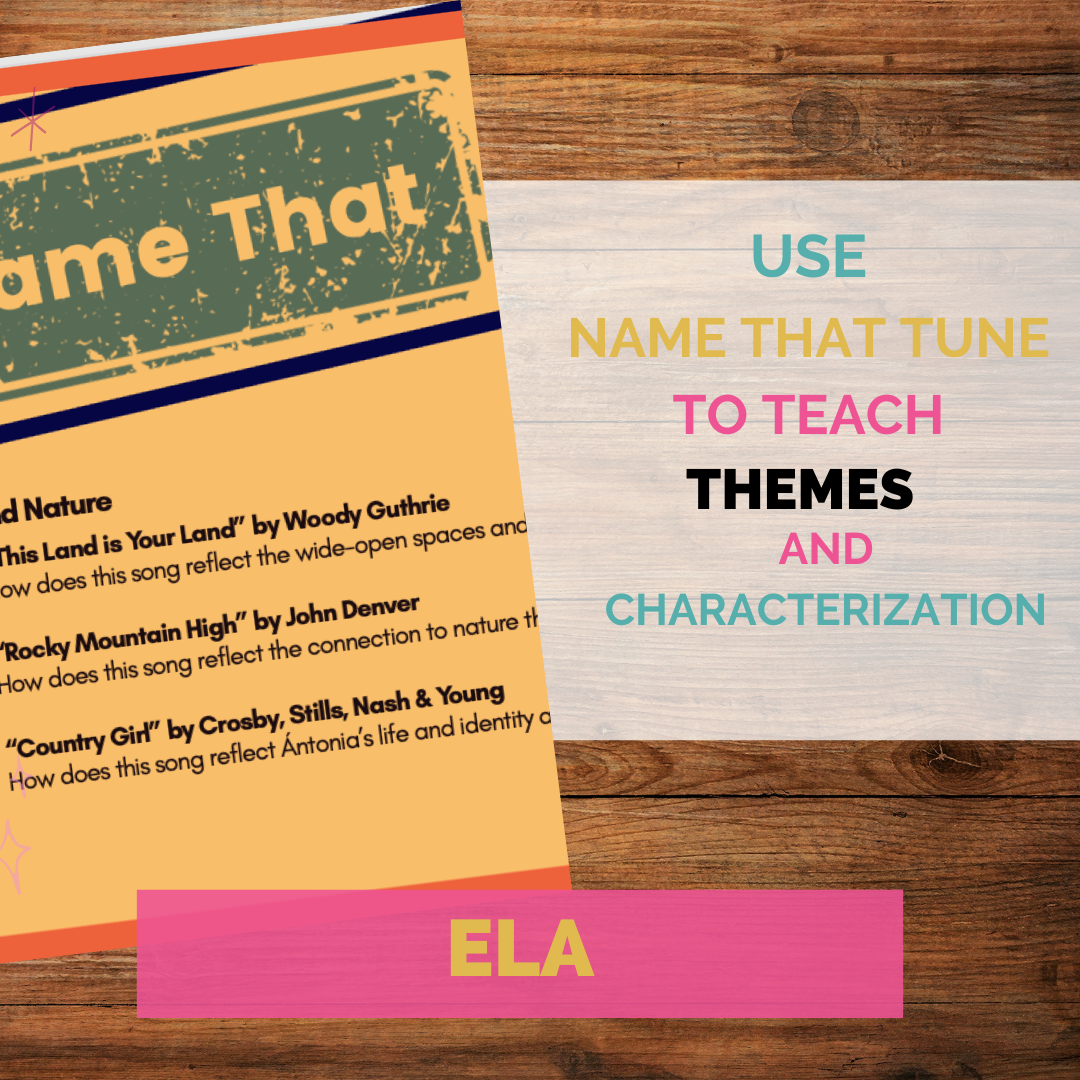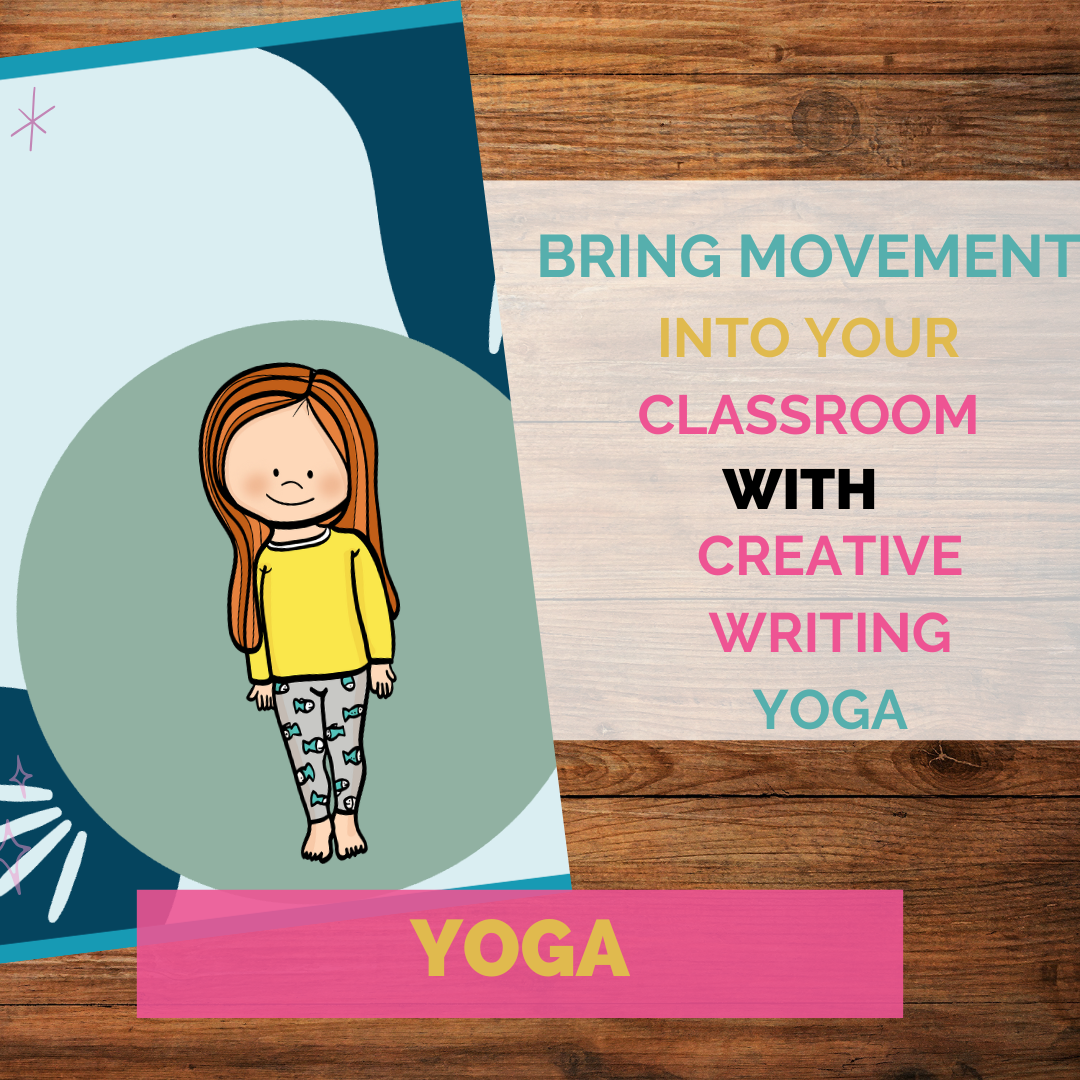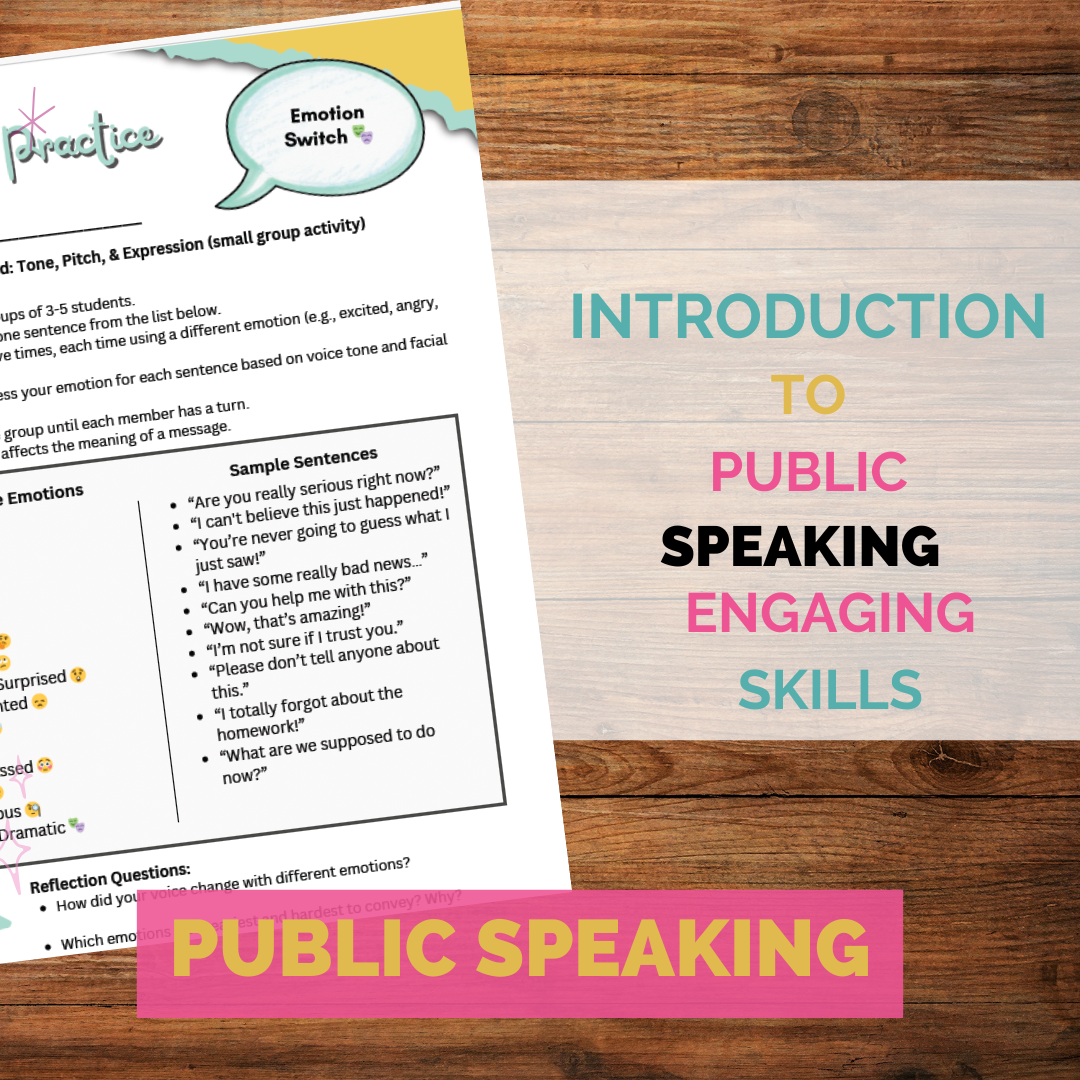As educators, we are responsible for preparing our students for the real world, and one crucial skill they need to master is resume writing. A well-crafted resume can open doors to internships, part-time jobs, scholarships, and future careers. Teaching students how to write a resume not only empowers them but also equips them with a valuable life skill.
Start with the Basics
Before delving into the specifics of resume writing, it’s essential to ensure that students understand what a resume is and why it’s important. Discuss the purpose of a resume, which is to showcase one’s qualifications, experiences, and skills to potential employers or organizations
Explain Resume Formats
Introduce students to the different resume formats, including chronological, functional, and combination (or hybrid) resumes. Explain the pros and cons of each format, and encourage students to choose the one that best suits their unique circumstances and goals.
Identify Key Resume Sections
Break down the typical resume into sections, such as:
a. Contact Information: Teach students to include their name, phone number, email address, and optionally, their LinkedIn profile or personal website.
b. Objective or Summary: Help students create a concise statement highlighting their career goals, skills, and what they bring to the table.
c. Education: Guide students in listing their educational achievements, including the name of the institution, degree, graduation date, and GPA (if applicable).
d. Work Experience: Teach students to describe their previous work experiences, internships, or volunteer activities. Emphasize the importance of using action verbs and quantifiable achievements.
e. Skills: Encourage students to list relevant skills, such as technical, language, or soft skills.
f. Awards and Achievements: Show students how to showcase any honors, awards, or scholarships they have received.
g. Extracurricular Activities: Discuss how students can highlight their involvement in clubs, sports, or community service.
h. References: Explain when and how to include references, if required.
Emphasize Tailoring
Help students understand that a one-size-fits-all resume is not effective. Encourage them to tailor their resumes for each job or scholarship application by highlighting the most relevant qualifications and experiences.
Provide Templates and Examples
Share resume templates and examples with your students. These resources can serve as valuable starting points and help them understand the formatting and structure of a well-written resume.
Writing and Proofreading
Guide students through the process of writing their resumes. Encourage them to write clear, concise, and error-free content. Stress the importance of proofreading and editing to eliminate typos and grammatical errors.
Conduct Mock Interviews
After students have created their resumes, consider conducting mock interviews to simulate real-world scenarios. This will help them prepare to discuss their qualifications and experiences confidently.
Review and Revise
Encourage students to seek feedback from peers, parents, or career counselors. Revision is an essential step in the resume-writing process, and constructive feedback can lead to significant improvements.
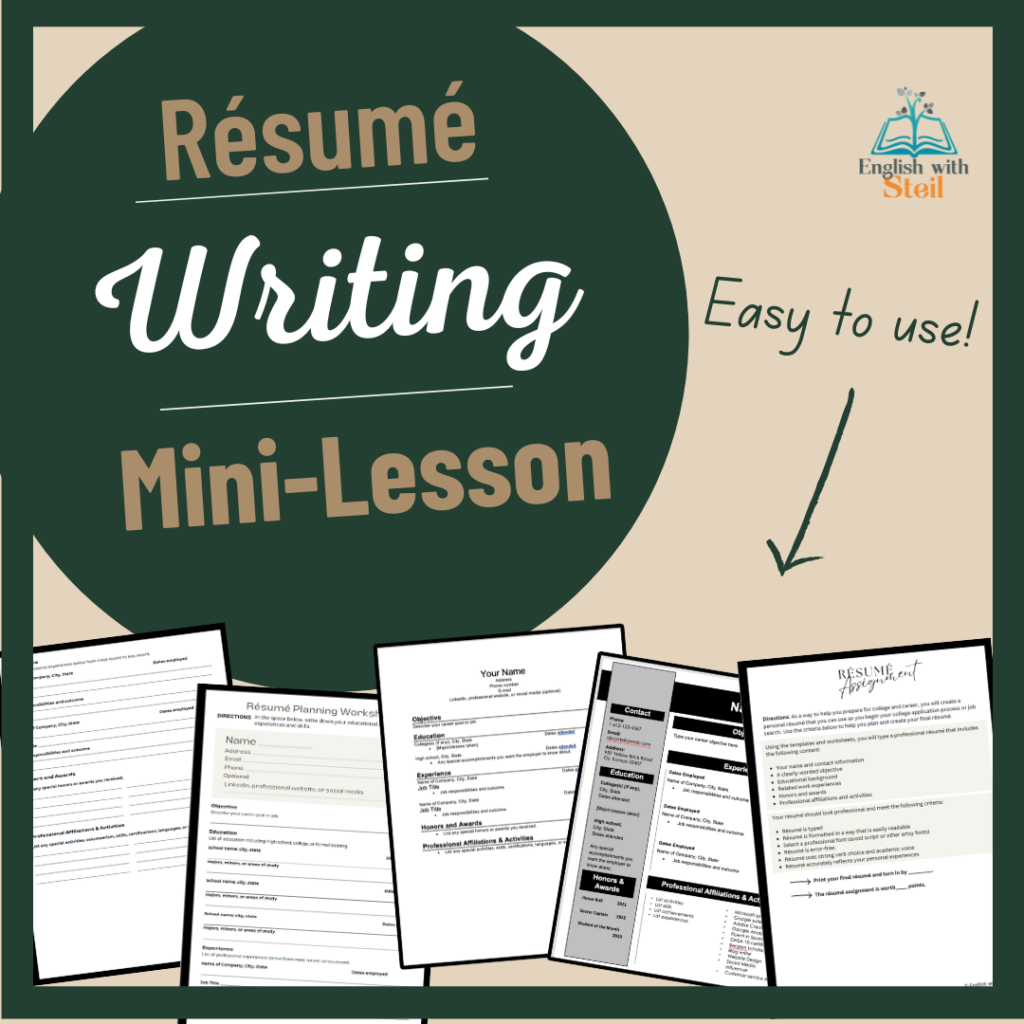
Final Thoughts
Teaching students how to write a resume is an invaluable skill that will serve them throughout their lives. By following these steps and providing guidance and resources, educators can empower their students to create compelling resumes that open doors to exciting opportunities. Ultimately, helping students succeed in their academic and professional pursuits is at the core of every educator’s mission.

